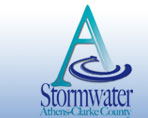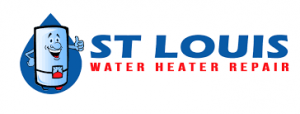Every person who lives and works in Athens-Clarke County can do their part to ensure that the water we all depend on is safe for years to come.
It doesn’t matter if you live in a one-bedroom apartment or a ten-room mansion, if you own a small hardware store or a business that sits on five acres, all of us can play a part by taking a few easy steps.
Individuals:
- Conserve water. Do not over-water your lawns and gardens. Water early in the day or late in the evening (between 6 pm and 10 am).
- Pick up after pets and properly dispose of the waste in the toilet.
- Keep pets away from waterside areas.
- Compost grass clippings and leaves. Do not allow them to be washed
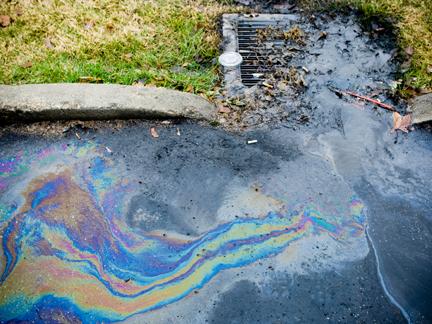 away into roadways or intentionally place them into storm drains or bodies of water.
away into roadways or intentionally place them into storm drains or bodies of water. - Take your car to a commercial car wash to conserve water and to prevent detergents and toxins from flowing into storm drains on bodies of water.
- If you must wash your car at home, do so on you lawn or some other pervious surface instead of in the driveway or street.
- Don’t overuse pesticides. Whenever possible use natural alternatives.
- Service your car regularly to avoid oil, antifreeze, and other chemical leaks.
- Maintain your septic system to avoid the pollution of groundwater, seepage, and runoff.
- Report a discharge to the proper authorities.
Businesses
- Use dry methods for the clean-up of spills, such as cat litter or dry sweep compound. Do not hose spills, as the water will flow into storm drains.
- Recycle grease and oil. Do not pour them into sinks or onto parking
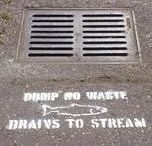 lots or streets.
lots or streets. - Store materials in a safe place. Keep all toxic materials in their original containers.
- Make sure contaminated wash water and chemical discharges are disposed of properly. Do not dump wash water into storm drains.
- Keep your dumpsters clean and the lids closed, and make sure they are not leaking.
- Report a discharge to the proper authorities.
Land Developers
- Identify and conserve environmentally sensitive areas on your site and design your site around these areas.
- Use low impact site design principles. For “Better Site Design” development tools and tips visit the Center for Watershed Protection and the Georgia Stormwater Management Manual.
- Implement and maintain aggressive erosion control measures to
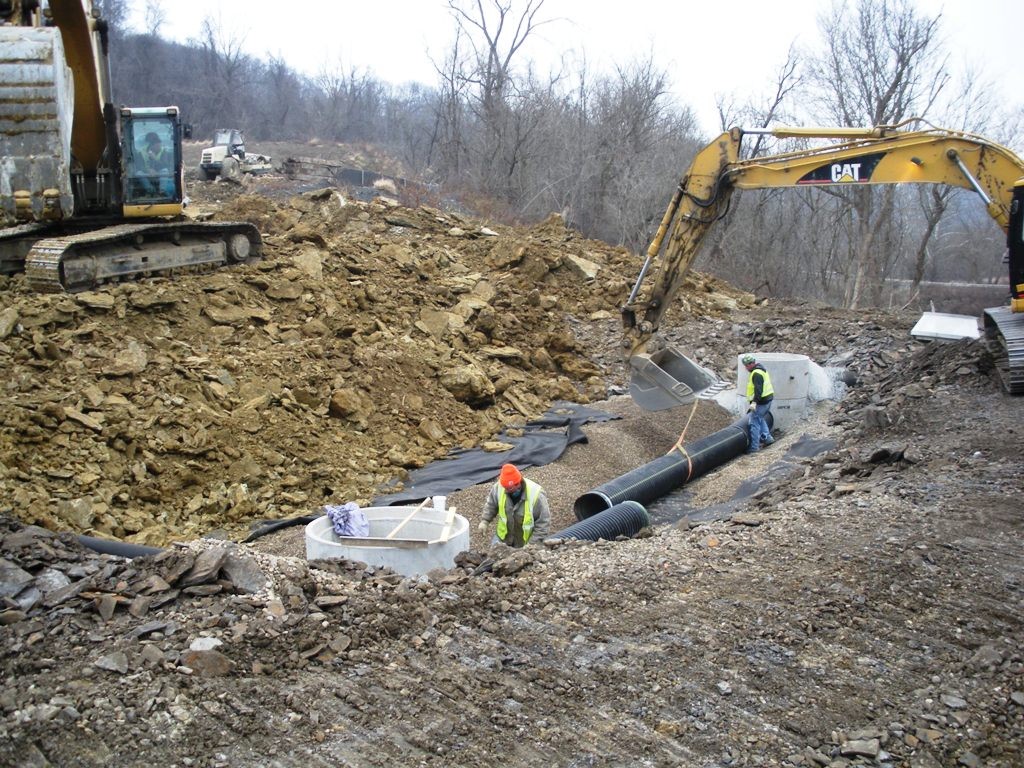 prevent sediment runoff.
prevent sediment runoff. - Locate your site away from any down sloping street or driveway, and any stream, lake, or drainage way.
- Maintain construction entrances, and clean up sediments daily by sweeping or scraping up soils tracked onto roadways.
- Prevent root damage of trees and shrubbery by placing barriers around plant life and limiting construction within those barriers.
- Re-vegetate through seeding and mulching, as vegetation is most effective in erosion control.
- Report a discharge to the proper authorities.

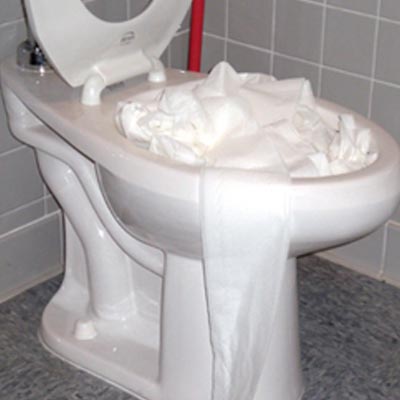
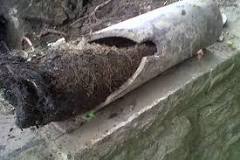 the attention of experts. Left unattended, this can lead to water flooding all the lower areas of a home and leading to damage to floors, furniture, and fixtures. Formation of mold is inevitable in areas that are always damp, and the spores from the mold can cause serious respiratory problems, especially among children and the elderly.
the attention of experts. Left unattended, this can lead to water flooding all the lower areas of a home and leading to damage to floors, furniture, and fixtures. Formation of mold is inevitable in areas that are always damp, and the spores from the mold can cause serious respiratory problems, especially among children and the elderly.